Emily Jones is an experienced teacher (K–12), mother of three children and expecting the arrival of baby four.
Before our baby was diagnosed with Trisomy 21, we assumed disability only happened to other people. Now we are glad it ‘happened’ to us. Today, it’s my privilege to share why the way we speak – the language we use, the information we share – about Trisomy 21 matters, and invite healthcare professionals to partner with the Down syndrome community as we strive for positive change.
My experience
At my 12-week scan, the nuchal thickness indicated fetal hydrops and my GP said it was fatal. This was utterly devastating news and we spent five long days expecting to miscarry. However, on seeing our high-risk obstetrician, she determined it was a chromosomal variation, likely Turners syndrome with Down syndrome a possibility. Hope returned that our baby might live, although I felt anxious about the idea of having a child with an intellectual disability.
We finally received the news: we were having a little girl and she had Trisomy 21. There was grief and many questions. However, being the personality I am, I was online researching Down syndrome within hours, where I found positive information among the terrible misinformation. Almost immediately my greatest fears were dispelled; half-truths and myths were corrected.
Before I had baby Florence, I considered myself educated and compassionate; I now realise I had an ill-informed, pity-filled projection of disability and how it would impact my life. Not having lived experience with someone with Trisomy 21 also contributed to my ignorance.
I wrote in my journal, ‘Part of processing the diagnosis has been adjusting our expectations of what our child’s future will look like. The more we think about it, the more we think it’s not a big deal. Yes, her development might take longer but the victories will be sweeter. She will be loved and given every opportunity our other kids have. We need to adjust our middle-class expectations of what a “successful” future for a child looks like’.
Children with Trisomy 21 are more like typical children than they are different, and capable of so much given the opportunity; they merely ‘take the scenic route’ in their development. Is this a problem? Or, is our collective expectation of ‘a typical child’ the problem? Anyone who knows a ‘typical kid’ knows that they are not homogenous. The upside of our diagnosis is we knew from the beginning and had a head start. I’m not naïve about potential unique challenges, but the lived experience is so different to the ‘list of medical issues’ presented at the initial diagnosis. I hear this sentiment repeatedly from parents and research supports this.
Florence is now 2 years old. She loves reading, blocks, exploring, singing, childcare, and socialising; she’s placid and charming, and potty training earlier than her siblings. We love watching her achieve other milestones in slower motion. She recently learnt to stand independently and she was so proud of her achievement; her delighted expressions were priceless!
Florence was induced at 37 weeks and delivered naturally in good health. However, we did experience other stressful events during that time, including a rare chorioamniotic membrane separation, and 12 weeks of NGT feeding until she mastered breastfeeding. I also felt the psychological stress of diligently attending appointments and educating others about Trisomy 21.
The first moment I felt understood was day three after birth. The lovely midwives left a pretty suitcase in my room full of gifts and letters from 21 Gifts, a not-for-profit kindness project working towards reframing disability. The letters were from parents who knew this journey; the anxiety, fear, joy and hope. It was a beautiful gesture and brought tears of relief and comfort.
Language matters
Words have power, especially in the medical setting as patients look to healthcare professionals for wisdom and guidance, which can be issued positively or negatively.
‘Mongoloid idiocy’, ‘feeble-minded’, ‘imbecile’, ‘idiot’, ‘moron’, and ‘mentally retarded’¹ were regrettable historical terms used by doctors. Thankfully, those terms have ceased, but words used to describe Trisomy 21 are often still negative: ‘risk’, ‘abnormal’, ‘unhealthy’, ‘bad news’ or ‘I’m sorry’ [p. 3].²
Reframing language is powerful; for example, ‘congratulations on your baby’ means more than ‘I’m sorry’ or using person-first language like ‘baby with Down syndrome’ rather than ‘Downs baby’.
Sadly, research shows that there is work to be done. In findings by Down Syndrome Australia (DSA) about attitudes from medical professionals, 40–50% of families: felt pressure to terminate; received inadequate and/or untrue information; and received inappropriate support. A total of 69% felt they had an inadequate understanding of the lived experiences of people with Trisomy 21 and their families.²
Examples are too prevalent and most parents have a story. ‘I was told my child was not really human, she would have a body like a human but nothing inside. I was told she would never be able to show she loved us. But we would love her like a family pet.’ [p. 15].² ‘She would never walk, talk…’ [p. 12].² ‘How it would possibly/likely negatively impact our older child and our parental relationship’ [p. 15].² A friend recounts a specialist’s words about her newborn, ‘He’s quite pretty considering he’s got Down syndrome’.
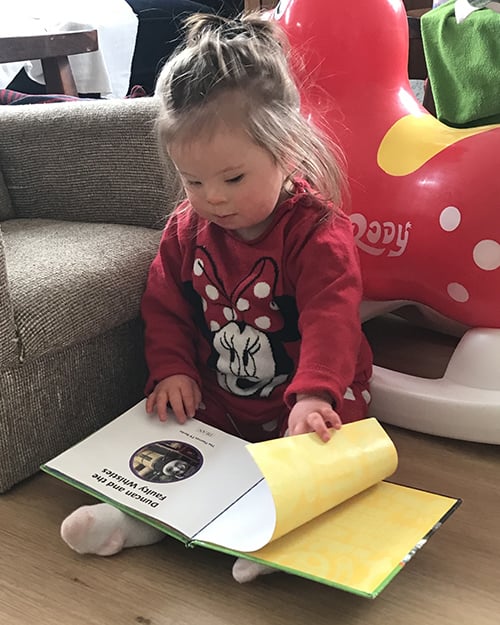
Conversations matter
Overall, I had a positive experience and obstetricians who respected my wishes. However, nearing full-term I recall one jarring moment with a fill-in obstetrician. She began informing us about the IQ average of people with Down syndrome. I was taken aback, not only by the context of speaking about IQ during pregnancy but the appropriateness of using IQ as a way of speaking about intellectual disability and developmental delay. She was speaking beyond her area of expertise. This conversation went beyond blunt medical speak into a value judgement. Educational experts like Dr Rhonda Faragher, University of Queensland (an employer of adults with Trisomy 21 as research assistants), has written extensively on best practice for educating learners with Down syndrome and does not mention IQ measurements when describing intellectual disability.³ Best practice emphasises a strengths-based approach, not deficits, and highlights learners can be literate and numerate given the opportunity.
Specialists work hard to care for patients; however, there can be blind spots. The average medical degree only has 2.6 hours of training in intellectual disability.⁴ I wonder if our conversation would have been different if this obstetrician had undertaken this free, online short course, ‘Down syndrome: the essentials’, at the University of Melbourne?⁴ It is designed to equip healthcare professionals with the knowledge and skills to provide informed and inclusive healthcare for people with Trisomy 21 (including prenatal diagnosis).⁴
In contrast, the most holistic interactions with medical staff were those who had real-world relationships with people with Trisomy 21 and showed us helpful information and resources. They acknowledged that the medical model alone can fall short of being neutral when only potential medical complications are explored with parents. It is half the story.
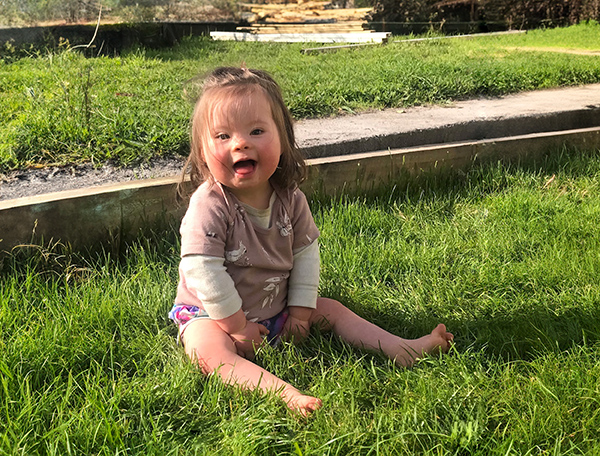
Information matters
Organisations such as DSA and the Canadian Down Syndrome Society (CDSS) have excellent resources for expectant parents that provide evidence-based, balanced and holistic information. I would have appreciated having the following two guides printed and offered to us at diagnosis.
I clearly recall the relief I felt reading the ‘Dispelling Myths’ section [p. 13] in DSA’s ‘A guide for expectant parents’.5 It highlights research that families with a child with Down syndrome are closer and more empathetic.
Similarly, CDSS’s ‘21 welcomes’ includes letters from parents, siblings and grandparents.⁶ I was comforted by the overwhelming message that this is a positive new adventure that brings a new kind of joy to your life, so ‘spare your tears’.⁶
Conclusion
The Down syndrome community is proud and diverse, captured in a popular saying ‘we are the lucky few’. However, DSA’s statistic [p. 3] that 90% of pregnancies diagnosed with Trisomy 21 end in termination suggests we still have some way to go to dispel misinformation and reduce stigma.² Early conversations matter and inclusion matters. The future is bright regarding education, health and employment, and the National Disability Insurance Scheme (NDIS) is a gamechanger. We have access to top quality supports such as physio, speech and occupational therapy. Visibility is ever increasing in TV, film, advertisements, and Instagram. Adults with Down syndrome are breaking barriers as models, actors, aged and childcare workers, athletes swimming the English Channel, and presenting TED Talks. Of course, we don’t love Florence any more or less based on what she will or won’t achieve, we’re just happy to be part of her journey.
Healthcare professionals, please partner with the Down syndrome community to reduce stigma and change the narrative about Trisomy 21.
References
- Wright D. Downs: The History of a Disability. Oxford University Press; 2011.
- Down Syndrome Australia. “We all have a lot to learn.” Prenatal screening for Down syndrome: a discussion paper. 2021 [cited 20 October 2023]. Available at downsyndrome.org.au/wp-content/uploads/2020/11/DSA_Prenatal-Screening-Experiences.pdf
- Faragher RM. A Practical Guide to Educating Learners with Down Syndrome: Supporting Lifelong Learning. Routledge; 2023.
- University of Melbourne. Down syndrome: the essentials. [cited 20 October 2023]. Available at study.unimelb.edu.au/find/short-courses/down-syndrome-the-essentials/
- Down Syndrome Australia. A guide for expectant parents. 2021 [cited 20 October 2023]. Available at downsyndrome.org.au/wp-content/uploads/2020/06/DSA_A-Guide-For-Expectant-Parents_Jun22_WEB.pdf
- Canadian Down Syndrome Society. 21 welcomes. 2023 [cited 20 October 2023]. Available at cdss.ca/wp-content/uploads/2023/07/21-Welcomes-by-Canadian-Down-Syndrome-Society-2023-English.pdf



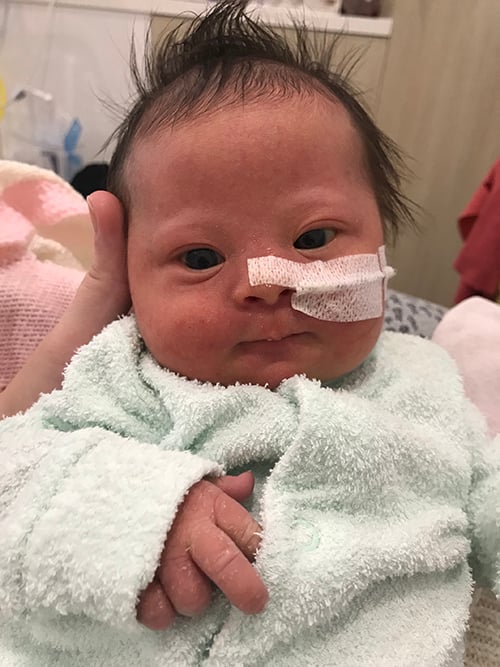
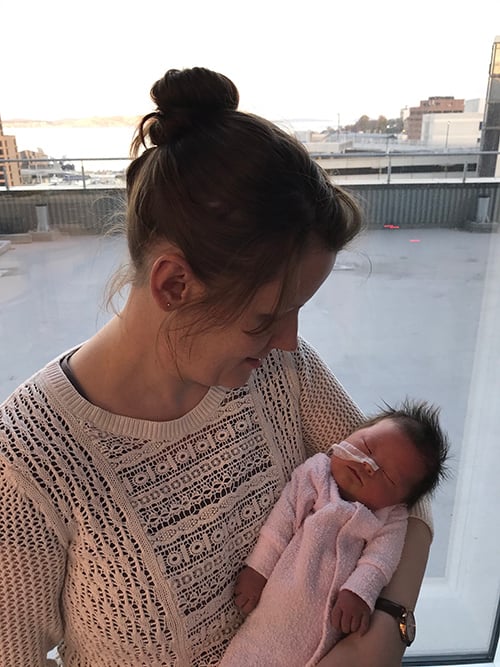
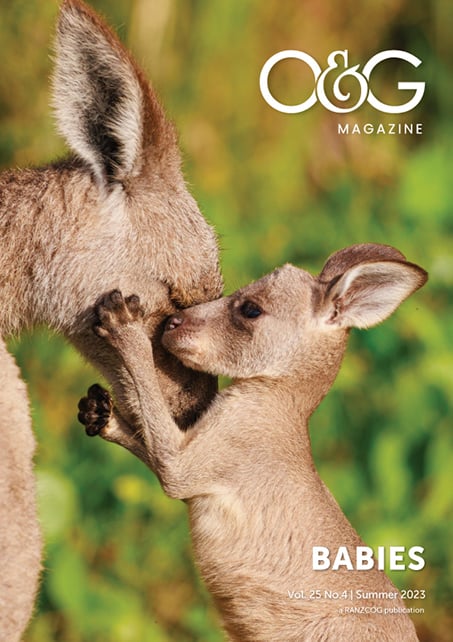


Leave a Reply